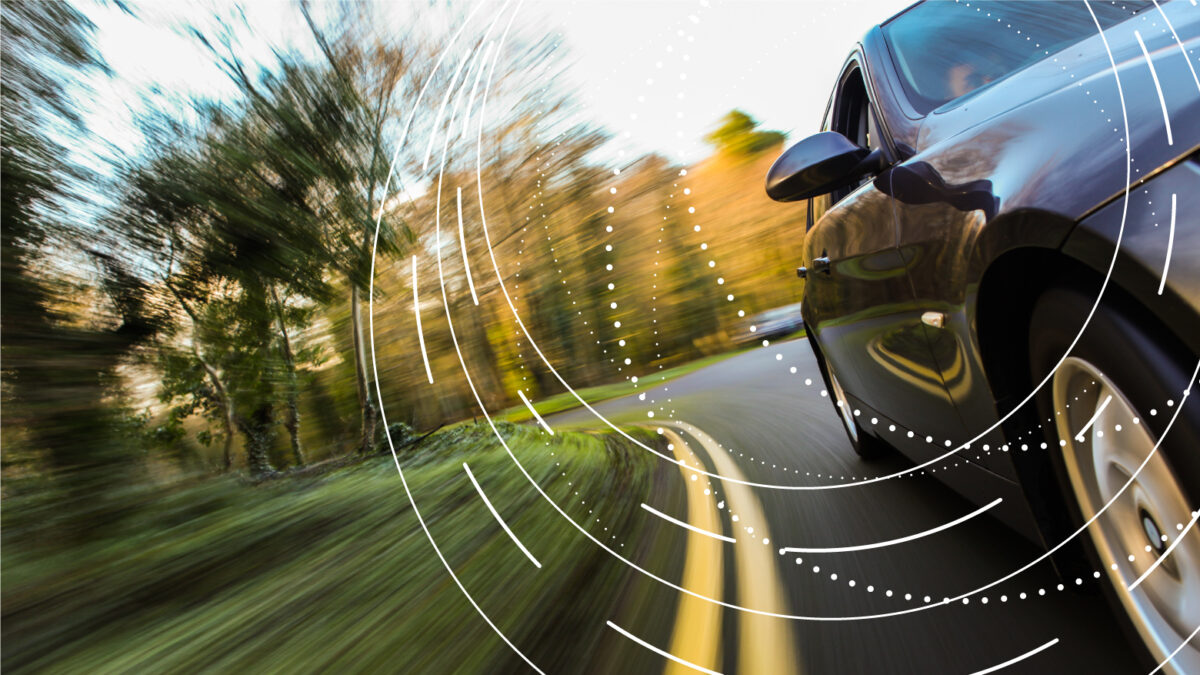Perceptions of people with disabilities have changed dramatically over time. Research from the British Social Attitudes Survey found that 83% of respondents viewed disabled people as the same as them, which is up from 77% in 2005. With the shift in social perception towards disabled people, car manufacturers must also consider their needs when creating new cars.
Driving is something that non-disabled members of society may take for granted, but for disabled people, it can help make journeys less painful. Having the option to drive can help reduce the feeling of relying on public transport schedules, while also providing increased freedom and independence.
This can help especially with any appointments they may need to make or even just travelling to shop for groceries. In fact, the British government has financial schemes and tax exemptions for disabled drivers, including the Blue Badge scheme. In most car parks, from supermarkets to hospitals, accessible parking spots are located closer to the entrance of the venue or exit of the car park. For holders of a Blue Badge, this can improve their quality of life by reducing the distance they need to travel.

When it comes to accessibility in modern cars, there are plenty of options to make driving more personalised for your needs. And thanks to the efforts of The Motability Scheme, a range of adaptations can be applied to a vehicle. These can range from modifications to make it wheelchair accessible by installing a ramp and adding tie-downs for securing theh passengers to electronic accelerators for drivers with hand-controlled brakes that reduce the need for excessive leg movement.
Someone with a disability that results in their hands not being able to safely grip the steering wheel or that makes it uncomfortable to perform the motions of turning may qualify for a steering aid to be installed, such as a ball or a handle on the wheel, to give access to the range of motion required for turning.
The future of accessibility
As technology continues to expand for consumer products, we’re likely to see accessibility modifications for cars evolve as well. Driverless cars could be an important solution for disabled individuals who need to travel.
This could hugely reduce the need for excessive movement and could mean that in the future, car owners could simply programme in their destination, and the vehicle could drive them there with sensors to detect other cars and the environment. The British government has made the commitment for driverless cars to be safely on the roads by 2025. Similarly, someone does not want to relinquish full control of the vehicle, artificial intelligence (AI) could be adapted to assist in taking partial control.

The future of accessibility could also mean that there’ll be more access to adaptations for drivers and passengers that need them. Whether this is through more adaptations being manufactured or more garages taking on installations, there are additional options for where to put them in a vehicle.
For someone with disabilities, having to depend on public transport can be taxing as the schedule may not line up with their travel needs. Giving everyone access to the freedom and independence of driving and owning a car, like a classic all-rounder Audi A4, regardless of their personal needs, is important. Studies have even shown that giving up driving can increase the risk of depression and impact cognitive and physical abilities, so not even having the option could have a similar effect.
The opinions expressed here are those of the author and do not necessarily reflect the positions of Automotive World Ltd.
Andy Wady is Brand Director at Jardine
The Automotive World Comment column is open to automotive industry decision makers and influencers. If you would like to contribute a Comment article, please contact editorial@automotiveworld.com



